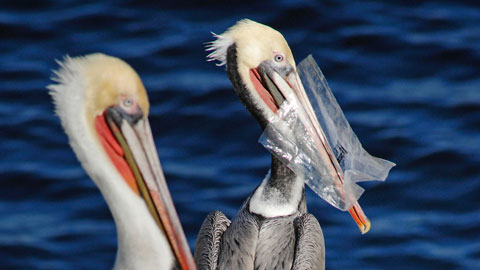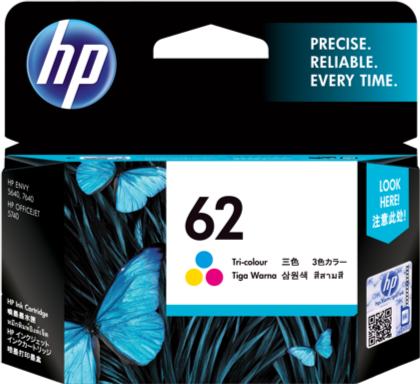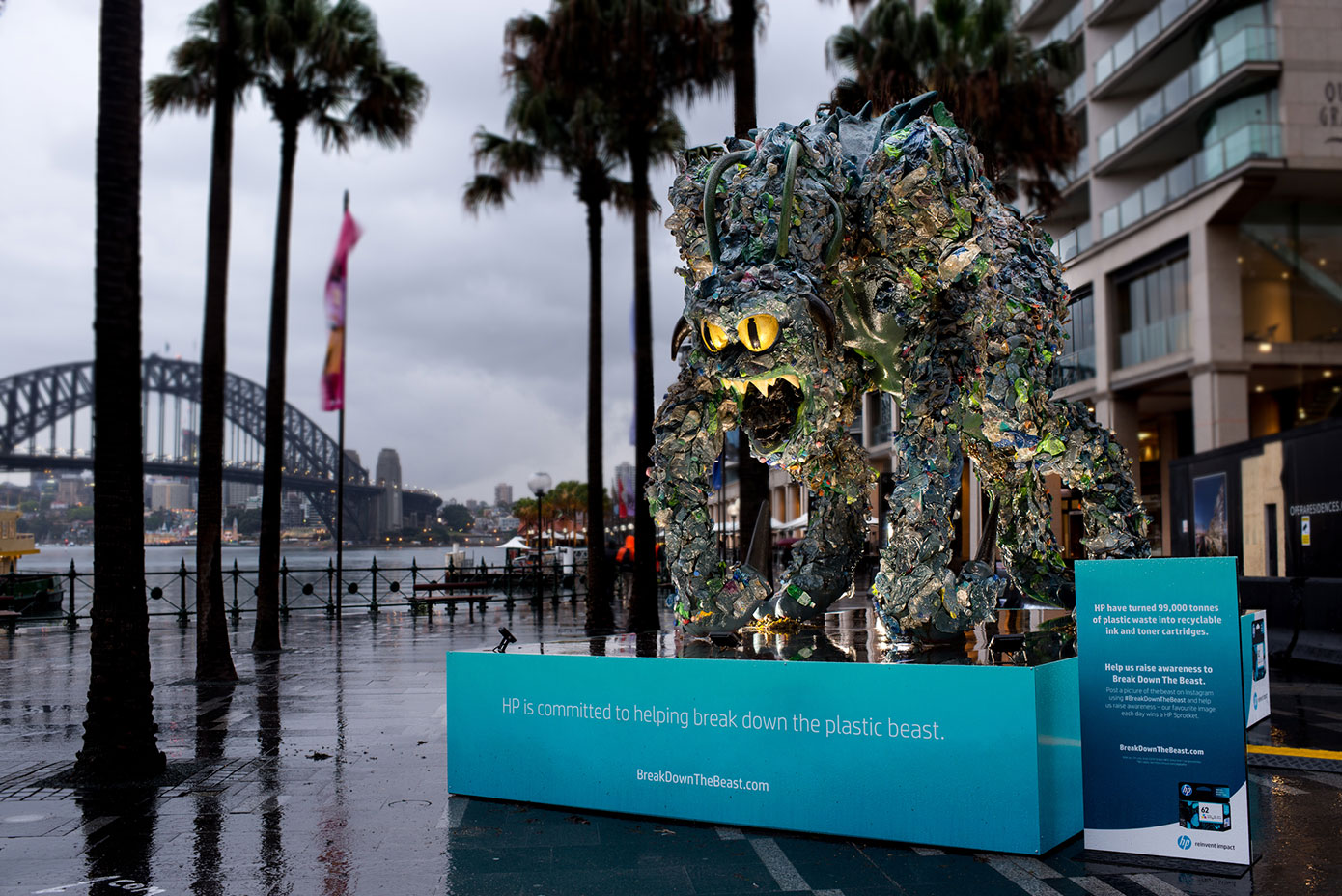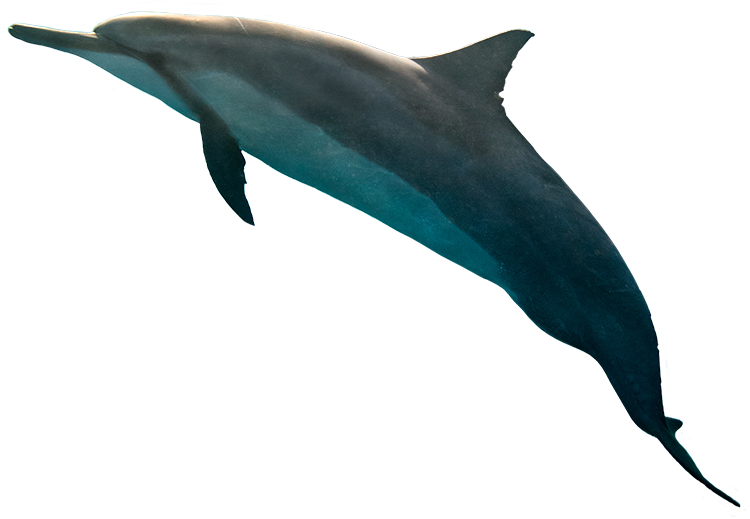By choosing HP you can help break down the plastic beast.
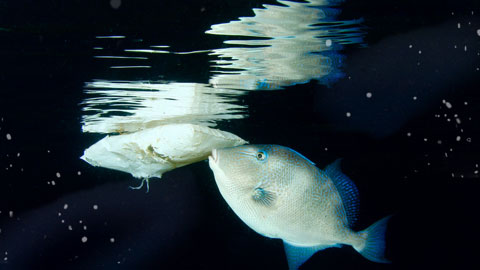
3 National Geographic News. 2018. How a DVD Case Killed a Whale. https://news.nationalgeographic.com/news/2015/01/150107-sea-trash-whales-dolphins-marine-mammals/. [Accessed 12 September 2018].
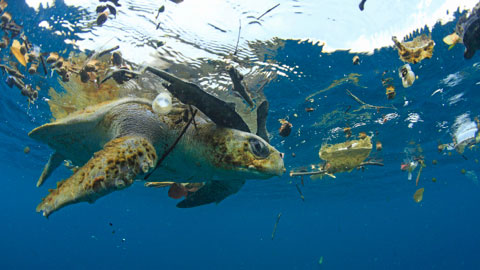
5 SpringerLink. 2018. Deleterious Effects of Litter on Marine Life | SpringerLink. https://link.springer.com/chapter/10.1007/978-3-319-16510-3_4. [Accessed 12 September 2018].
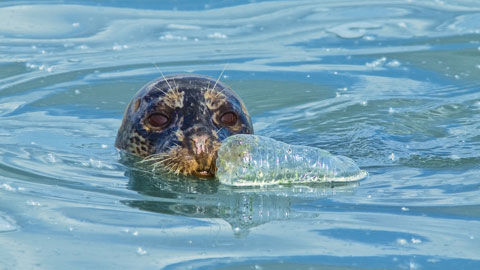
7 Scientific Reports. 2018. Evidence that the Great Pacific Garbage Patch is rapidly accumulating plastic | Scientific Reports. https://www.nature.com/articles/s41598-018-22939-w. [Accessed 12 September 2018].
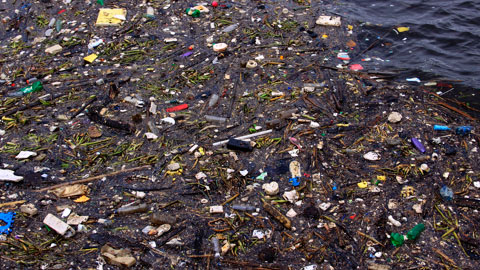
8 International policies to reduce plastic marine pollution from single-use plastics (plastic bags and microbeads): A review - ScienceDirect. 2018. International policies to reduce plastic marine pollution from single-use plastics (plastic bags and microbeads): A review - ScienceDirect. https://www.sciencedirect.com/science/article/pii/S0025326X17301650. [Accessed 12 September 2018].
9 Microplastics as contaminants in the marine environment: A review - ScienceDirect. 2018. Microplastics as contaminants in the marine environment: A review - ScienceDirect. https://www.sciencedirect.com/science/article/pii/S0025326X11005133. [Accessed 12 September 2018].
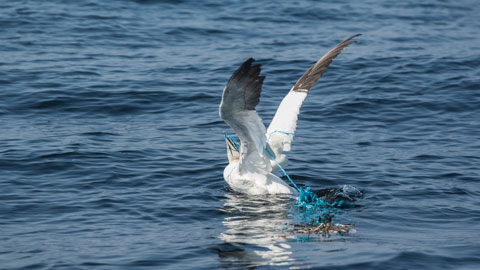
11 National Geographic News. 2018. Nearly Every Seabird on Earth Is Eating Plastic. https://news.nationalgeographic.com/2015/09/15092-plastic-seabirds-albatross-australia/. [Accessed 12 September 2018].
12 Scientific Reports. 2018. Brain damage and behavioural disorders in fish induced by plastic nanoparticles delivered through the food chain | Scientific Reports. https://www.nature.com/articles/s41598-017-10813-0. [Accessed 12 September 2018].
